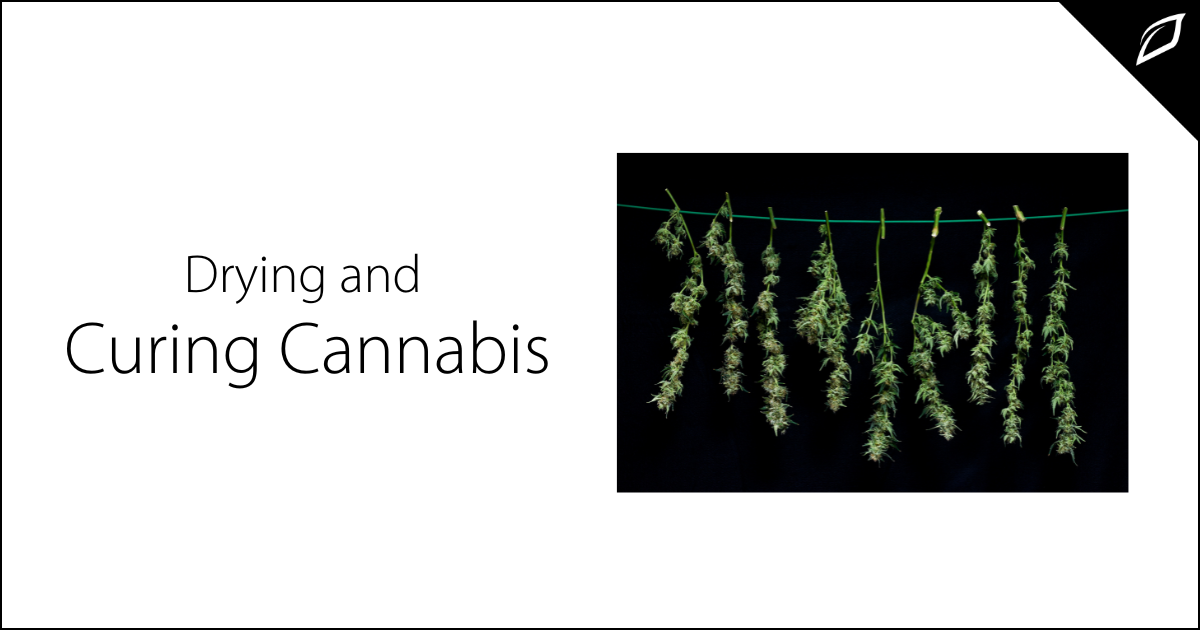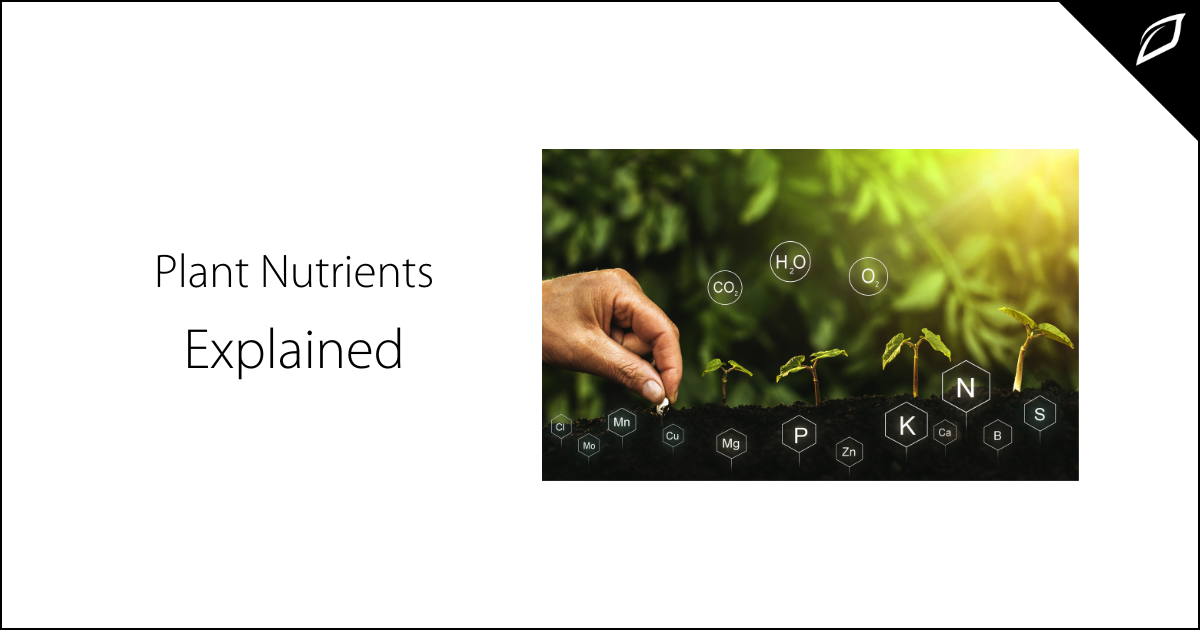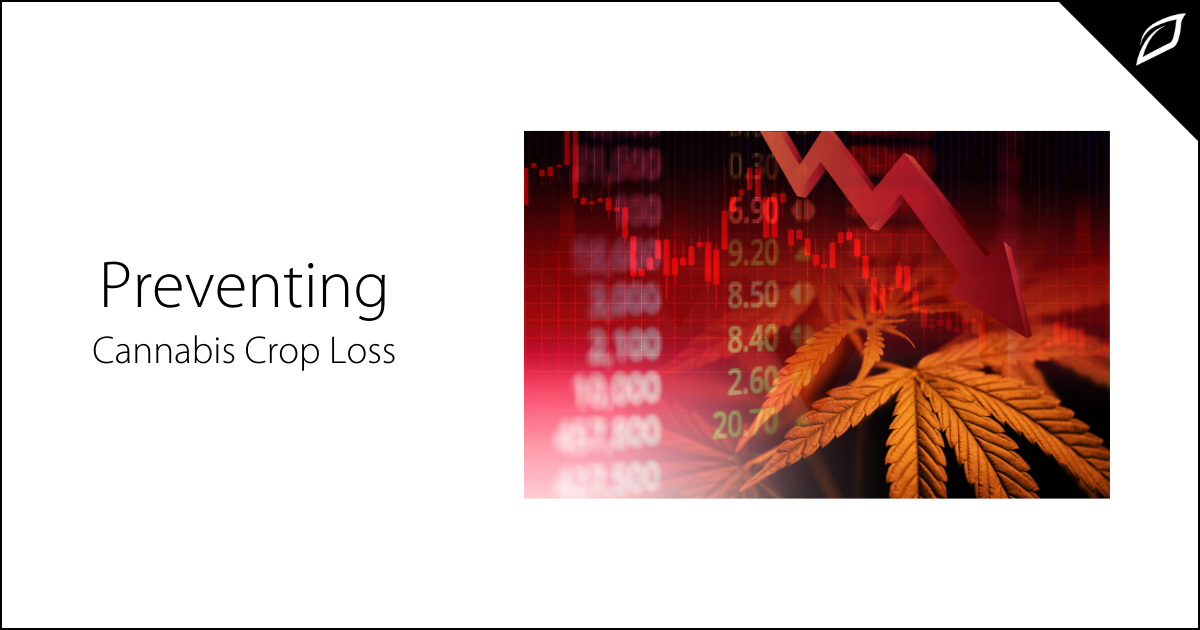Plant Nutrients Explained
While most nutrient manufacturers already go through the legwork of mixing properly balanced nutrient blends for your plants, it is important to...

Curing is the final process of producing high-quality cannabis. Often overlooked, it is vital to ensuring
your cannabis reaches its maximum potency and highest terpene content while offering the smoothest consumption experience possible.
Once a cannabis plant has reached the end of its life cycle and is harvested, it must be dried properly before the curing process can begin. While technically not part of the curing process, the drying technique used can have a major impact on the curing that will follow and the overall quality of the finished product. An ideal drying environment for cannabis is a dark room between 60-68 F and 55-65% humidity with moderate indirect airflow. The colder temperatures help to preserve highly volatile terpenes. At the same time, the moderate humidity helps to prevent the buds from drying too quickly, allowing for even drying throughout the buds and for the metabolic processes, such as sugar transportation, to come to an end naturally. When harvested, cannabis is around 80% water by weight. However, the curing process doesn’t typically begin until it is around one-third of its original moisture content or when the stems begin to snap when bent.
Moisture is essential for the curing process, but too much or too little can be a bad thing. Too much moisture can lead to bacteria or fungal pathogens developing, while too little can prevent the necessary metabolic processes needed to cure. Once the appropriate moisture content is achieved through drying, the buds are trimmed and placed into their airtight curing containers. Oxygen exposure should be limited at this point as oxygen can degrade the overall THC content if exposed for prolonged periods. Throughout the next few weeks, all of the moisture trapped deep within the buds will begin to disperse throughout and make its way to the outer regions. It is important to remove the lids periodically to help regulate the moisture and humidity build-up inside curing containers, allowing for slow, even drying to commence.
During this time, several metabolic processes occur simultaneously inside the cannabis to increase potency, break down chlorophyll and aromatize terpenes. As the metabolic process continues during curing, cannabigerol (CBG) degrades and is converted to tetrahydrocannabinol (THC), thus increasing the potency of the flower. The total amount of THC converted depends on the concentration of CBG in the fresh material at harvest, as CBG is the non-psychoactive precursor for THC.
Additional precursors needed to form cannabidiol (CBD) and other cannabinoids are consumed and converted during this time. As the plant begins to degrade, enzymes break down the excess chlorophyll found inside the plant. This change can be observed as the colors of the bud begin to shift from deep green to a lighter green, allowing hues of red, purple, and gold to emerge. Chlorophyll is known to cause undesirable effects when inhaled, such as excessive burning of the lungs/throat, grassy flavor, headaches, anxiety, and nausea in certain individuals. Hence, a longer curing process is beneficial to ensure the majority of chlorophyll initially present has had the opportunity to be broken down.
Terpenes are responsible for the distinct smell and taste of cannabis flower. They also offer therapeutic benefits as well, aiding in supplementing certain cannabinoids and producing mild effects of their own. As cannabis ages and begins to decompose, terpenoids go through polycyclic aromatization, leading to changes in flavor and odor once fully cured. Because terpenes are so volatile, excessively long curing or storage, higher temperatures, or extremely low moisture content can lead to evaporation of the terpenoids, causing cannabis to lose almost all of its natural flavors.
Once the curing process is complete, and the buds have reached optimal dryness, they should still contain 10-15% moisture. This is ideal for storage as most molds and bacteria cannot grow in buds below 15% water content, yet keeping it above 10% will prevent the bud from turning into powder. While drying and curing your harvest properly may seem like a chore, the benefits are undeniable, and your end product will show off your labor of love.


While most nutrient manufacturers already go through the legwork of mixing properly balanced nutrient blends for your plants, it is important to...

Crop loss for any agriculture endeavor is devastating, but the crop loss for cannabis businesses is incredibly frustrating due to its high market...

Whether you're growing for personal use or for a mega cultivation facility, the best cannabis is born from premium genetics, innovative cultivation,...